Eat More Veggies for Improved Health and Save Money
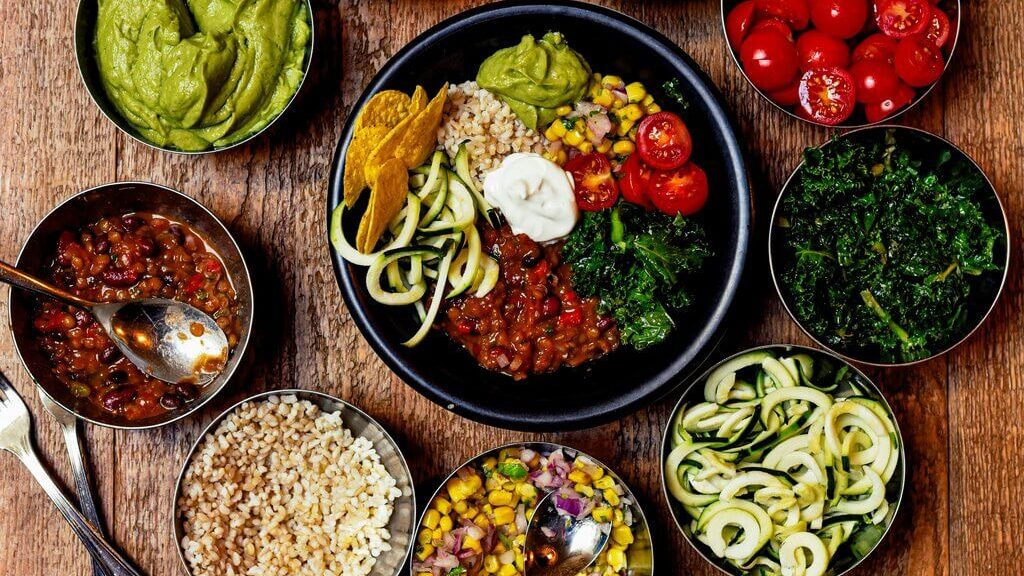
When I eat more veggies and fruits I feel a physical difference than when I don’t. I have more energy and I’m less tired. I get more work done and I feel better about myself.
Like so many others, I want to feel good and live a healthy lifestyle. One of the best ways to accomplish this is to eat more veggies and fruits.
A big misconception surrounding plant-based diets is that it’s way too expensive to maintain for very long. This is not the case.
A plant-based diet can be very budget-friendly and may even save money in the long run.
I found the best way for me to begin eating healthier was to start with a meal plan and a smart shopping mindset. I found several ways to add more fruits and veggies to my diet without breaking the bank.
Adding Frozen and Canned Fruits to My Shopping List
When it comes to buying fresh produce, it tends to get a little pricey at times, especially if you’re shopping during the off season.
Only buy fresh fruits and veggies when they’re in season. They’ll taste better, cost less, and be fresher and will last longer.
Instead, try heading over to the frozen and canned goods section. Stock up on the huge variety of plant-based choices at a fraction of the cost.
You can buy in bulk and stock your pantry and freezer without having to worry about food going bad within a few days. This way you’ll always have go-to items on hand for a quick meal.
When going the canned food route, always make sure to read the labels. Watch out for added sugar, salt, or other sneaky ingredients that may be added in.
When I started reading food labels, I was blown away by how many ingredients were included. Many of which I couldn’t pronounce let alone did I know what they were or how they might affect my health!
Attend Farmers’ Markets for Fresh Local Produce
Hitting up your local farmers’ market is a great way to stock up on plant-based foods without having to pay grocery store prices.
The markets I’ve found typically offer fresh local produce that was harvested at its peak within hours of the market.
Contrast this with produce in grocery stores which is often harvested weeks before it’s ripe. It has to be to allow it to last long enough to make it to the market. Look at the labels in your store and I’ll bet much of the produce comes from other countries.
If you want to attend a local farmers’ market, try arriving towards the end of the day to find special offers on items that need to go before they pack up.
The only downside to arriving late is you may miss out on some of the selections that could be found earlier in the day.
This is a great, budget-friendly way to buy fresh fruits and veggies while supporting your local farmers at the same time.
Eat More Veggies That Are In Season
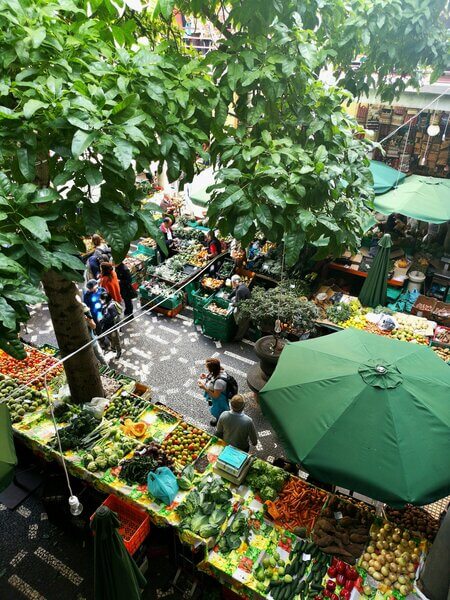
A great way to save money on fresh produce is to buy it in season when it tends to be cheaper. Plus, it’s likely to be the best-tasting and the least expensive. (Increased supply usually equals lower prices.)
When the grocery stores have an abundance of fruits and vegetables, it’s the perfect time to buy in bulk. Stock up so that you have more than enough even in the off-season. However, you’ll need to do something to extend the shelf life of the fruits and veggies.
Make sure that no food goes to waste by freezing or canning the produce you aren’t using immediately. This preserves all those healthy nutrients for a later date.
It’s almost like having your own personal grocery store within arm’s reach and you don’t have to pay a penny. That’s a win-win.
Join a CSA to Try New Veggies
Like the Farmer’s Market, a CSA (Community Supported Agriculture) is a wonderful way to get a variety of fresh produce in your hands every week. It will keep you from having to step foot inside a grocery store.
CSAs are becoming more and more popular. There are so many advantages for farmers and consumers alike and it’s not hard to get started.
When you sign up with a local CSA this is typically in the form of a subscription or membership. You will pay a yearly fee to receive a box or basket of seasonal produce each week throughout the spring, summer, and fall seasons.
The upfront cost is a little more. It’s typically cheaper than buying the same items at the grocery store week after week.
Plus, you’ll get the benefit of being exposed to fresh, new vegetables and meeting the hard-working farmers who grow your food. It’s a true farm-to-table experience that you shouldn’t miss out on.
Grow Your Own Garden to Eat More Veggies
This idea takes a little more time, effort, and planning. But having your own garden can be a great way to save money and ensure you always have fresh food right at your fingertips.
You don’t need special skills or talent to make a garden grow. You simply need a space with ample sunlight, a good water source, and enough patience to wait for those seedlings to grow into something edible.
Gardens may be any size. A small container on a sunny windowsill can grow leafy greens, radishes, herbs, and even green beans.
Start small and increase the size of your garden as you go.
If you are a complete beginner, I wrote a guide just for you! Even if you’ve gardened for a while, take a look, you might find a useful tip or two.
Some of the best and easiest veggies for beginning gardeners to grow include carrots, tomatoes, lettuce, and radishes.
While this won’t be something that happens overnight, a garden is one of the best things you can do to keep your health and wallet intact.
As you can see, plant-based eating doesn’t have to break the bank.
You’ll be surprised at how much money you save by opting for more fresh produce and a little less meat on your plate. Plus, you’ll improve your health and wellness at the same time!

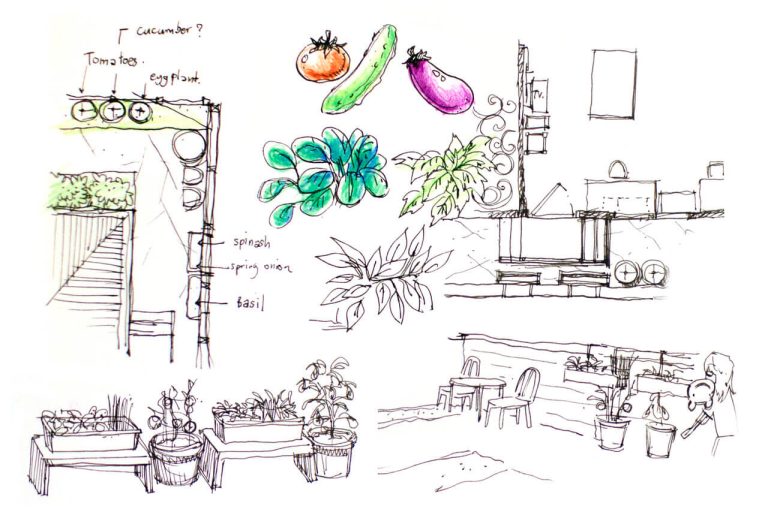
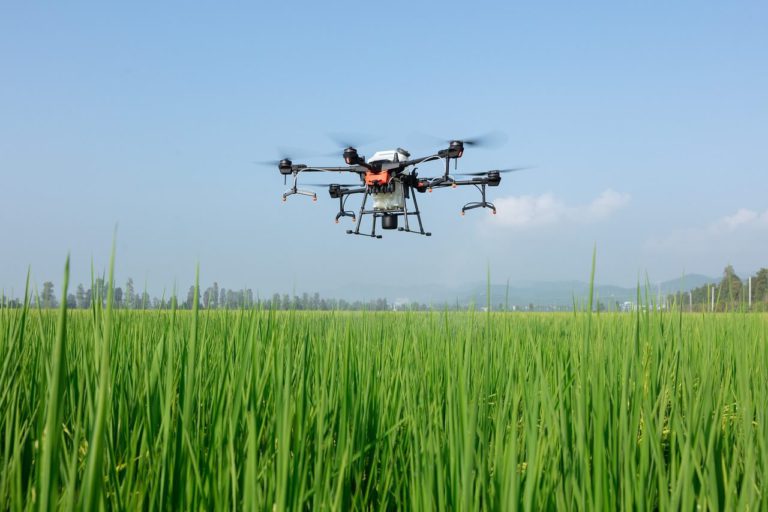
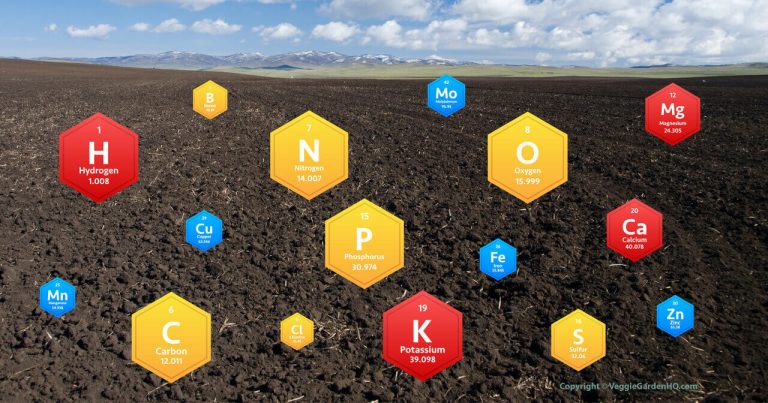
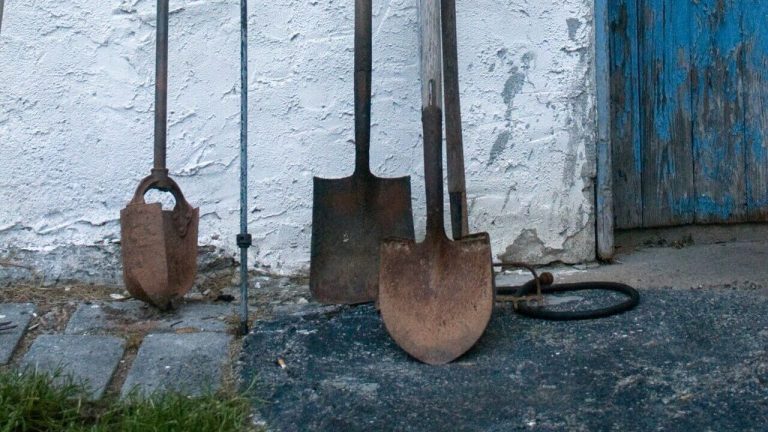
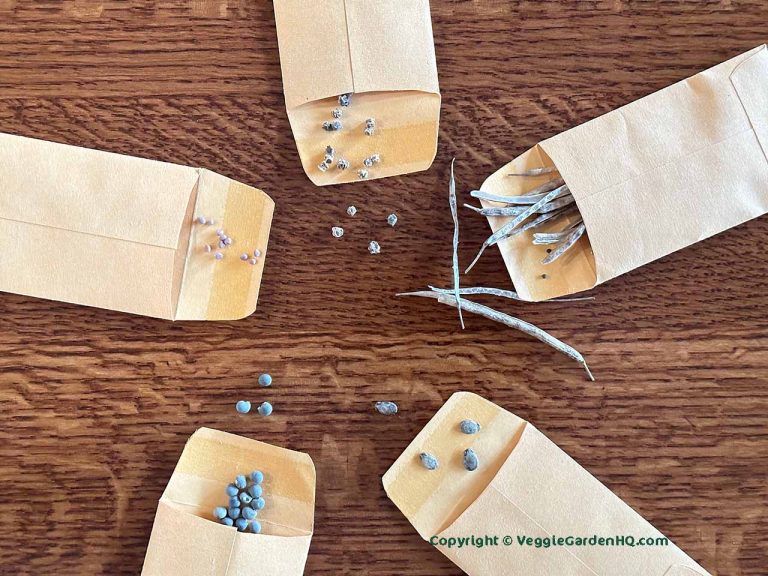
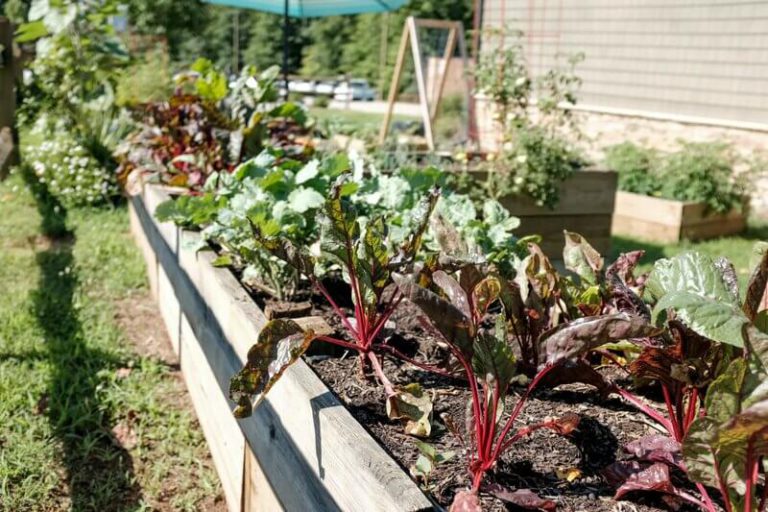
One Comment
Comments are closed.